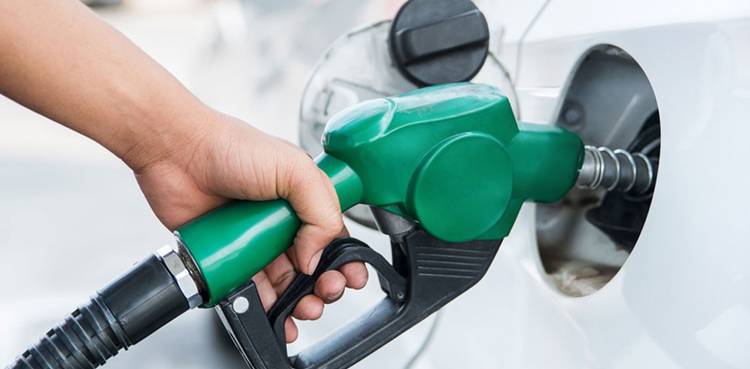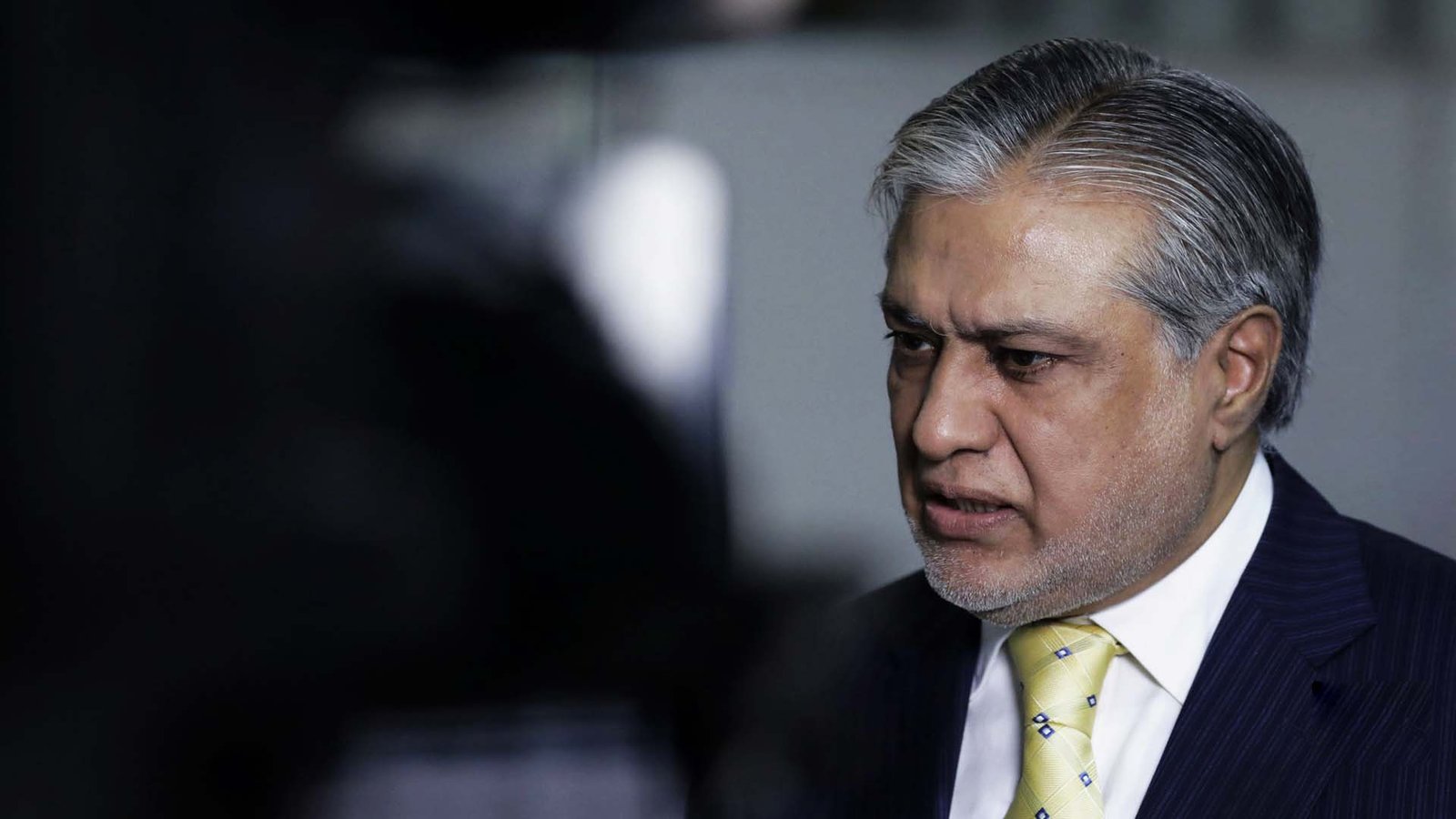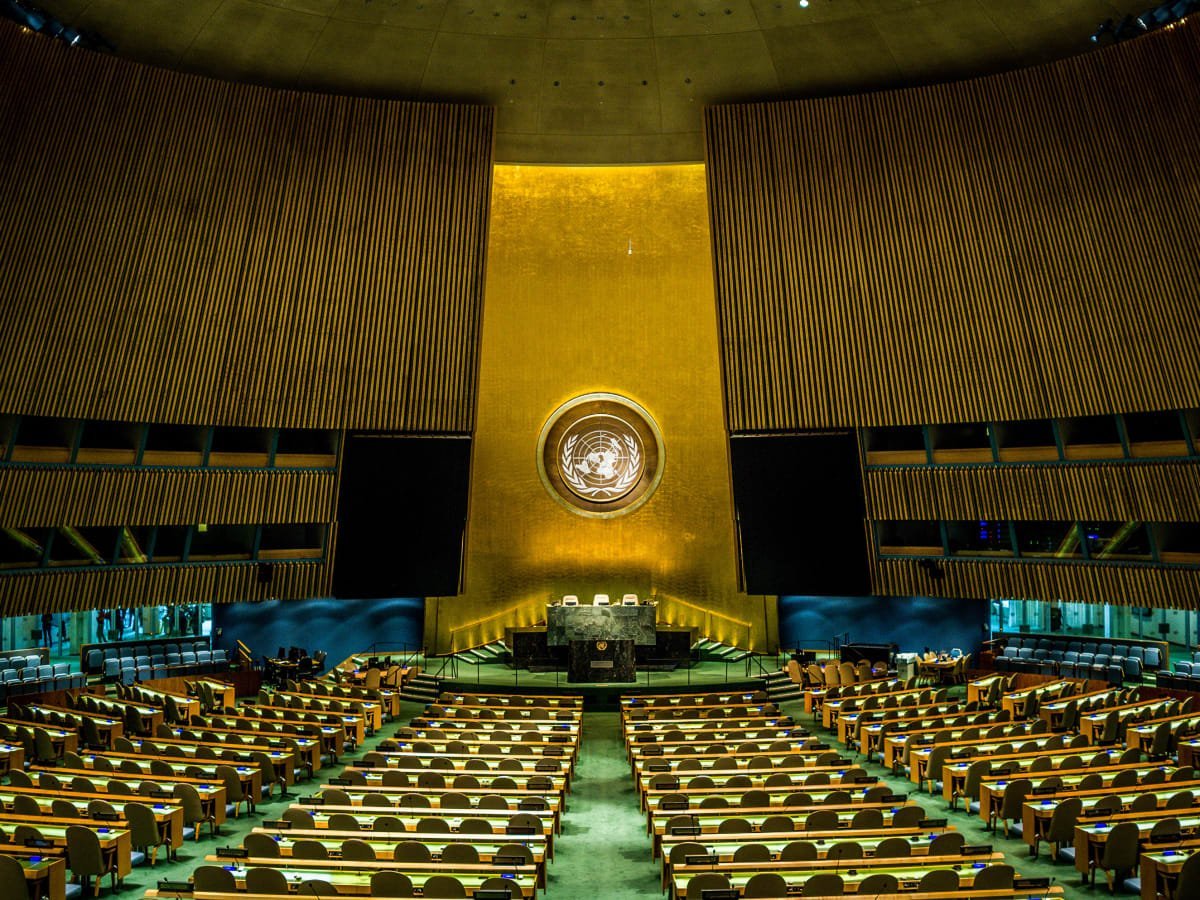In a significant recalibration of global poverty measurements, the World Bank has revealed that nearly 45% of Pakistan’s population is now considered poor under updated international poverty thresholds, despite no dramatic shift in underlying economic conditions.
The findings stem from a World Bank report released Thursday, based on Pakistan’s last household income survey from 2018-19. The surge in poverty numbers is not due to recent economic shocks but rather a revision in how global poverty is measured. The bank recently updated its International Poverty Lines (IPLs) using 2021 purchasing power parity (PPP) to reflect current global living costs and consumption habits.
Sharp Rise in Measured Poverty
Under the new global standards:
- The extreme poverty rate in Pakistan rose from 4.9% to 16.5%, based on a shift from the previous $2.15/day line to the new $3/day line.
- At the $4.20/day line, used for lower-middle-income countries (LMICs), Pakistan’s poverty rate increased from 39.8% to 44.7%.
- At the $8.30/day line, used for upper-middle-income countries (UMICs), 88.4% of Pakistanis fall below the threshold—up from 84.5% previously measured under the $6.85/day standard.
This steep increase reflects not worsening economic performance but rather the application of more rigorous, globally updated standards. The World Bank clarified that 82% of the rise in poverty at the $3/day level stems from the higher benchmark, with only 18% attributable to actual price changes in Pakistan during 2017–2021.
No Recent National Survey
Notably, Pakistan has not conducted a new household income survey since 2018–19, meaning these figures rely on dated data. Christine Wieser, a World Bank expert on poverty, noted that Pakistan’s Poverty and Resilience Assessment (PERA) is currently underway and is expected to release updated findings in September 2025. The PERA report will also focus on regional inequalities and fiscal equity in poverty outcomes.
Changing Global Benchmarks
The World Bank’s new poverty thresholds now stand at:
- $3/day for low-income countries (LICs),
- $4.20/day for lower-middle-income countries (LMICs),
- $8.30/day for upper-middle-income countries (UMICs).
These updates represent substantial increases:
- LIC line rose 40% from $2.15 to $3.
- LMIC line increased 15% from $3.65 to $4.20.
- UMIC line jumped 20% from $6.85 to $8.30.
The updated figures are based on comparative national poverty lines and revised cost-of-living data in each country. While they better reflect present-day realities, these shifts also mean poverty comparisons across time and borders have become more complex.
Why the Numbers Matter
This shift has major implications for policy discourse and international development funding. Pakistan’s jump in reported poverty levels makes it one of the countries most affected by the new PPP recalculations. A large segment of its population resides in the income band between $2

















